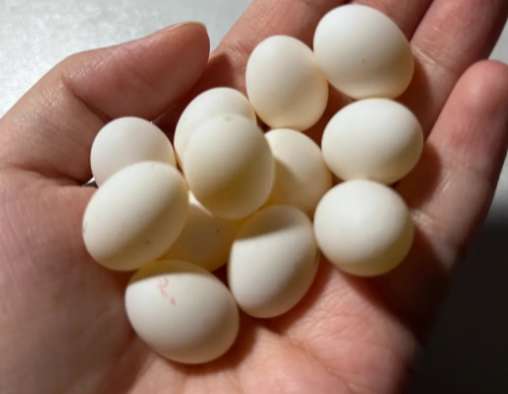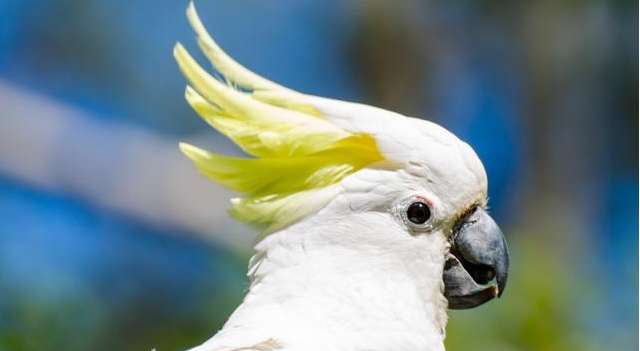There is no quality guarantee for parrot eggs bought at canteens, and they generally do not meet the conditions for hatching. Go to a professional flower and bird market to purchase and select. When hatching parrot eggs, you should pay attention to: 1. Ensure ventilation: The purpose of ventilation is to provide enough oxygen for the growth and development of the embryo, and Remove carbon dioxide from the incubator. Ventilation is less in the early stage and more in the later stage. The embryos in the early stage require less oxygen and produce less waste gas due to metabolism. Too much ventilation will also affect the temperature in the incubator. In the later stage, the embryos have strong metabolism and produce more heat, and the amount of carbon dioxide emitted is It also gradually increases, so good ventilation is required. Insufficient oxygen can cause embryonic underdevelopment and death. Therefore, while ensuring the temperature, try to allow air circulation. You can install a small exhaust fan or allow air circulation when turning eggs.

2. Turn the eggs properly. Turning the eggs has three functions. One is to prevent the embryo from interfering with the eggshell. adhesion; the second is to promote development; the third is to heat the eggs evenly. Turn the eggs every 2-3 hours. When turning the eggs, handle them with care and prevent the two eggs from colliding. Any cracked eggs will become dead eggs. Some friends use the automatic rotating drum to turn the eggs. It is easy to break, and secondly, it is not good for the embryo. Due to the constant rolling, it is unstable for the growth of the embryo. It is also not good for the bird's egg to be heated. It is best to respect the egg hatching rules of the parent bird, because the parent bird also turns it over with its claws regularly. Egg. 3. Cool eggs: There is no need to cool eggs in the first 7 days. After 7 days, due to the increased heat production of the embryo itself, the temperature in the incubator is unstable, so it needs to be cooled in the middle and later stages. Eggs, once a day, about 15 minutes each time, can be increased to about 20 minutes in the last two or three days. If the temperature in the incubator is accurately controlled, the eggs do not need to be cooled.





